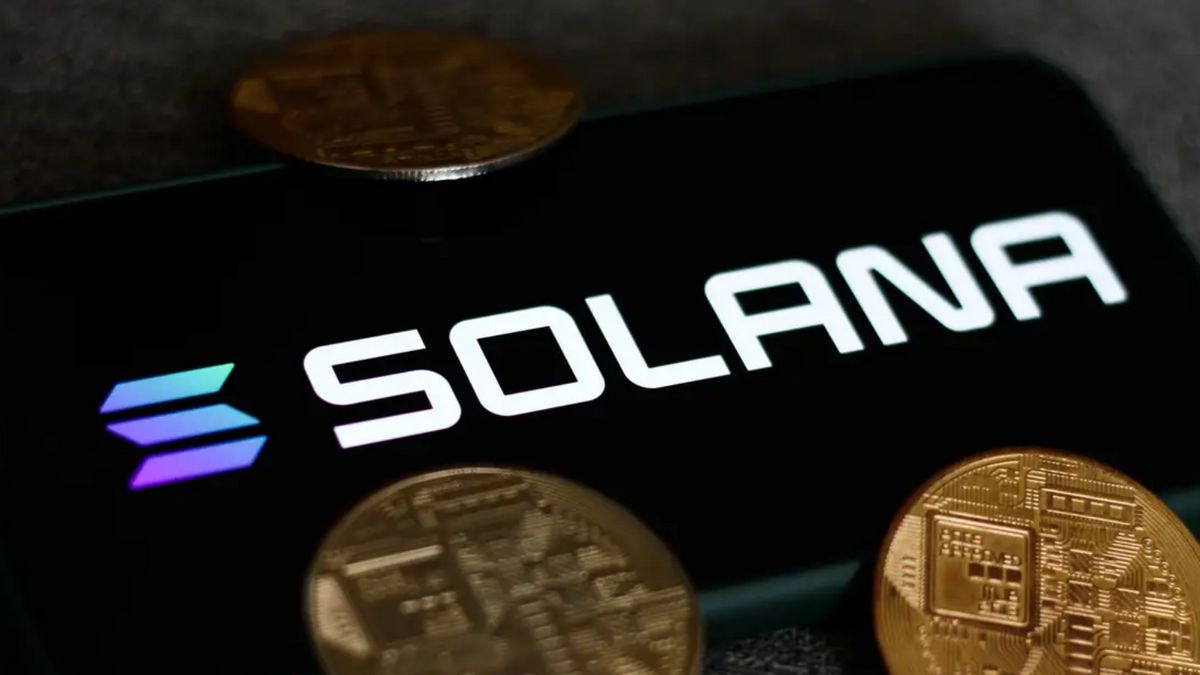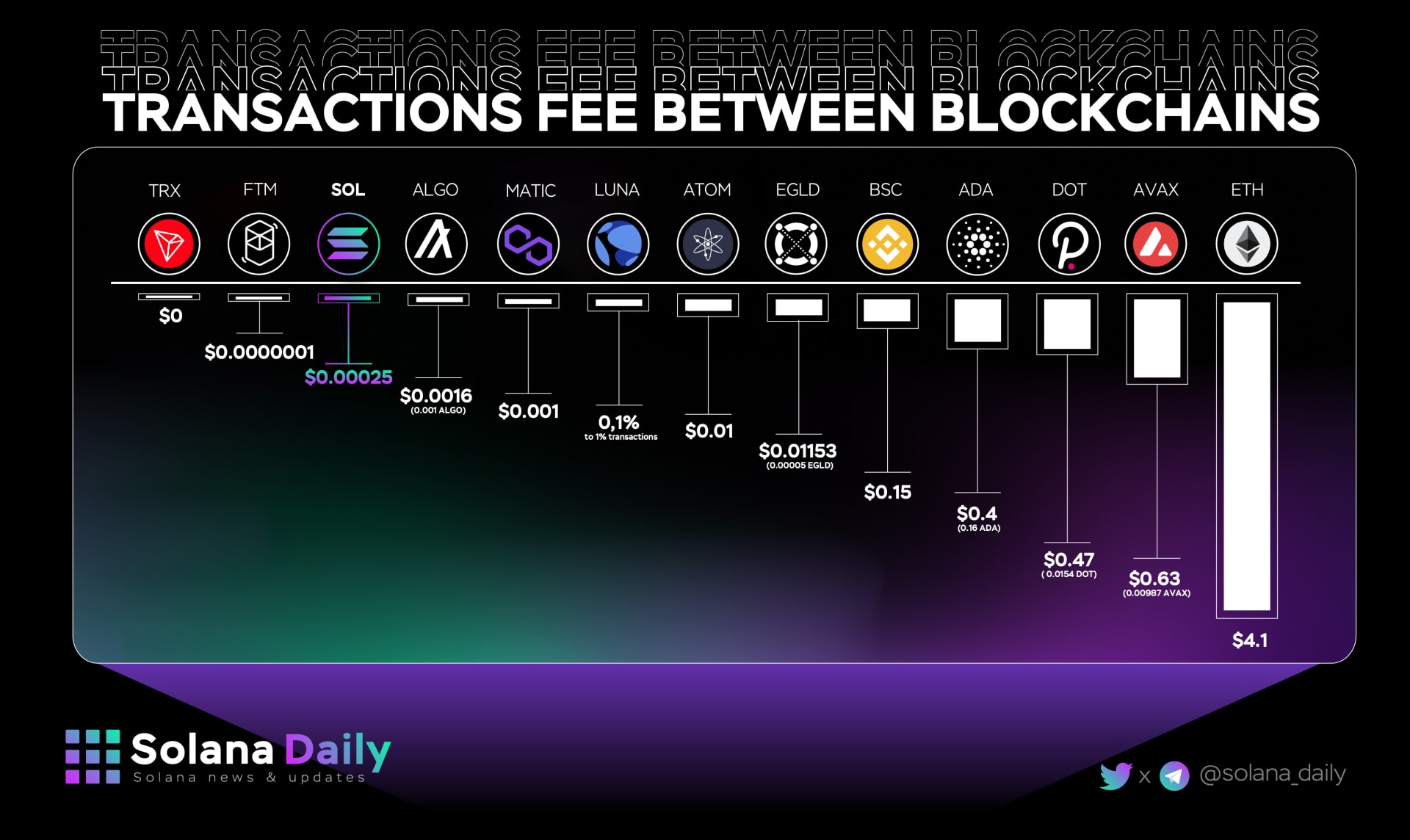Solana - Redefining Blockchain Potential with Innovation and Scalability
In the ever-evolving landscape of blockchain technology, Solana stands out as a groundbreaking platform poised to revolutionize decentralized applications (dApps) and the broader blockchain ecosystem. Launched in March 2020 by Anatoly Yakovenko, Solana has quickly gained attention for its high performance, scalability, and innovative approach to blockchain infrastructure.
Understanding Solana's Core Principles
Solana is a high-performance blockchain designed to provide fast, secure, and scalable decentralized solutions. At its core, Solana aims to tackle some of the most pressing issues faced by existing blockchains, such as network congestion, high transaction fees, and scalability limitations.
The protocol's key principles include:
- Proof of History (PoH): Solana's unique consensus mechanism, PoH, timestamps transactions and orders them in a sequence before they are added to the blockchain. This allows for increased throughput and scalability, enabling the network to handle thousands of transactions per second (TPS) with minimal latency.
- Tower BFT (T-BFT): Solana employs a variation of the practical Byzantine Fault Tolerance consensus mechanism called Tower BFT. This consensus mechanism enhances security and ensures the validity of transactions within the network.
- Parallel Processing: Solana leverages a technique known as Proof of Replication (PoRep) combined with a high-performance system architecture, enabling parallel transaction processing. Validators on the Solana network can concurrently verify multiple transactions, further enhancing the platform's scalability.
Technical Architecture and Components
Solana's technical architecture comprises several key components that contribute to its high throughput and scalability:
- Solana Blockchain: The underlying blockchain where transactions are recorded and smart contracts are executed. It utilizes a unique data structure called the Proof of History, which enables the network to process transactions efficiently.
- Tower Consensus: The Tower BFT consensus mechanism ensures agreement among network validators, maintaining the integrity and security of the Solana blockchain.
- Solana Runtime: Smart contracts on Solana are executed through Solana Runtime, facilitating the deployment of decentralized applications with high throughput and low latency.
- Sealevel: Solana's software development kit (SDK), allowing developers to create and deploy decentralized applications on the network with ease.
Advantages and Use Cases of Solana

The innovative features of Solana provide several advantages and open up diverse use cases:
- Scalability: Solana's high throughput enables the network to handle a vast number of transactions per second, making it suitable for applications requiring real-time data processing, such as decentralized finance (DeFi), gaming, and non-fungible tokens (NFTs).
- Low Transaction Fees: The protocol's efficient design allows for low transaction fees, making it more accessible for users and developers compared to some other blockchain networks.
- DeFi and NFTs: Solana has become a preferred platform for DeFi projects and NFT marketplaces due to its speed, low fees, and support for complex smart contracts.
- Decentralized Applications: Developers can build various decentralized applications, including decentralized exchanges (DEXs), prediction markets, gaming platforms, and more, taking advantage of Solana's high performance and low latency.
Solana's Growing Ecosystem and Future Prospects
Solana's ecosystem has experienced rapid growth, with an increasing number of projects and developers choosing to build on the platform. The Solana Foundation's initiatives, grants, and support programs have encouraged innovation and adoption within the ecosystem.
Furthermore, strategic partnerships and collaborations with other blockchain projects, protocols, and major players in the tech industry have contributed to Solana's credibility and expansion.
Looking ahead, Solana continues to focus on enhancing its infrastructure, improving developer tools, and fostering broader adoption. The protocol aims to maintain its position as a leading blockchain platform by addressing scalability challenges and catering to the growing demand for high-performance decentralized applications.
Conclusion
In the dynamic landscape of blockchain technology, Solana stands as a testament to innovation and scalability. Its unique approach to consensus, high throughput, low transaction fees, and robust ecosystem make it a compelling choice for developers and businesses seeking a reliable and high-performance blockchain platform.
As Solana continues to evolve and solidify its position in the blockchain space, its impact on decentralized applications, DeFi, NFTs, and various other sectors is poised to grow, unlocking new possibilities and reshaping the future of decentralized technologies.





























